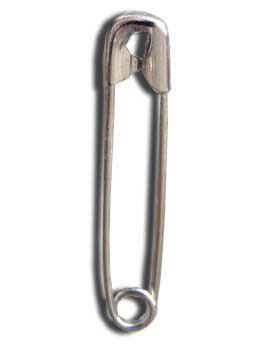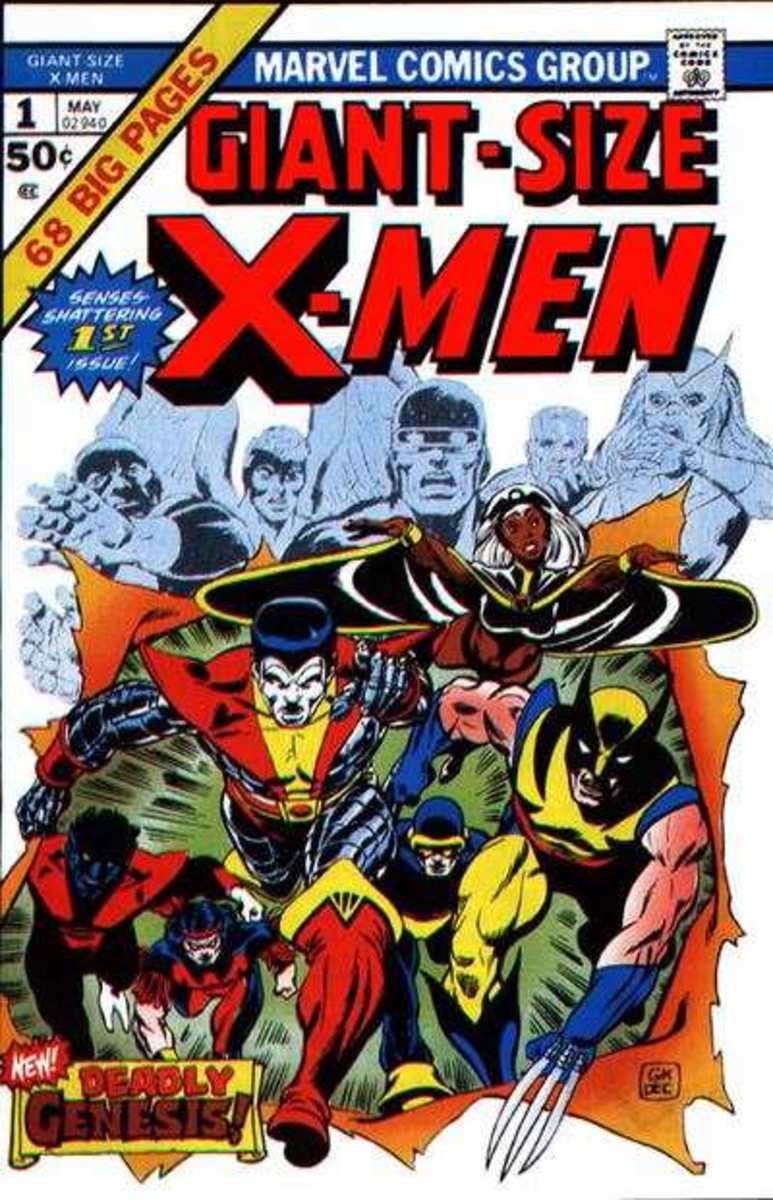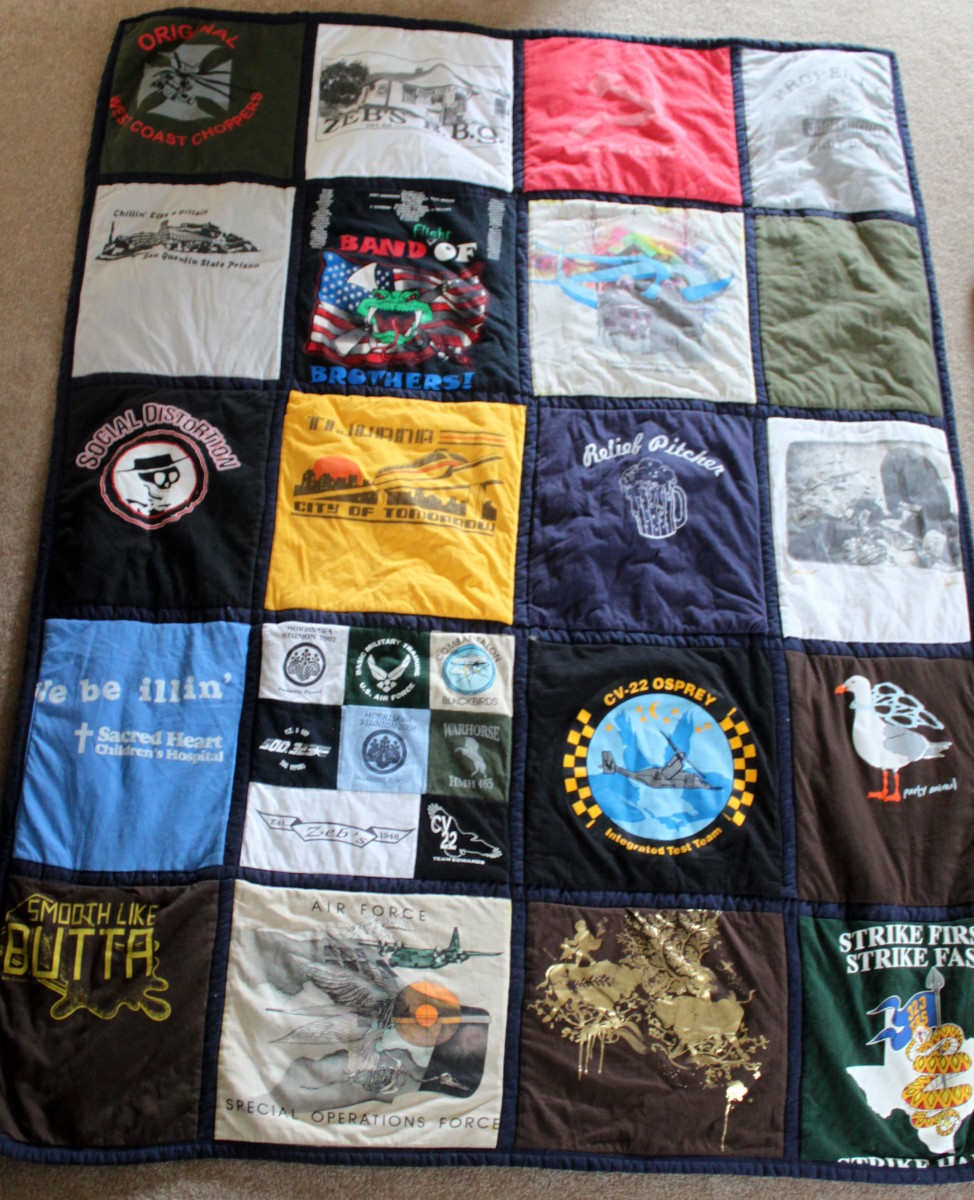When Was the Safety Pin Invented?
The Origin of the Safety-Pin
Though it's unknown exactly where it was invented - perhaps in Mycenaean Greece, or in Italy or Sicily, or even in Denmark - the safety-pin developed from the ordinary straight pin, beyond which in turn there is an obvious natural prototype in thorns. Straight metal pins were used for fastening clothes in Sumeria; but then pins work loose, and the unguarded points jab into the body. So the safety-pin was required; and it was duly invented or duly evolved as one of the minor triumphs of the early age of metals going back to the Bronze Age.

In essence it is merely the long straight pin doubled into two legs, so that the pointed leg (the 'pin') is the shorter, the sharp point fitting snugly and safely into a loop twisted from the end of the other leg, which becomes the 'bow'. Properly fixed, the pin now can no longer move forwards or backwards, or work loose, or do damage. Other refinements were made. The simple safety loop was hammered flat, and the tip was turned up to form a little trough for holding the pin point. This is the 'catch-plate'. Also a mere doubling of the pin into two legs did not supply tension enough to keep the point firmly in the catch-plate, so the bend was replaced by a round turn forming the simple coil-spring we still know.
The earliest type, called by archaeologists the 'fiddle-bow' pin, was close to modern safety-pins. It has been found in graves on the Greek mainland which belong to the latter end of the Bronze Age, somewhere about 1300 or 1250 B.C. In this type bow and pin are parallel and are separated by little more than the width of the coil-spring. Safety-pins very similar in design were in use in Italy at much the same date, and in Central Europe as well; while in Bronze Age Denmark safety-pins made in two pieces instead of one also occur more or less at this time. Denmark and Greece were at opposite ends of the amber route, so it is more than a coincidence that in both countries during the thirteenth century B.C. people should have started fastening themselves up with the same or a similar device.
The earliest safety-pins were made of bronze or silver or gold wire, and can hardly have been used with heavy cloth, though safety-pins and straight pins may have been employed in conjunction, the straight pins still doing most of the work. With the safety-pins the Bronze Age innovators may also have fastened light wraps or the like. In Homer's Odyssey safety-pins seem to be mentioned when Antinous offers Penelope 'a broidered robe, great and very fair, wherein were golden pins, twelve in all, with well-bent clasps'. But Homer does not say how they were fixed. The first simple fiddle-bow pins were quickly improved. The bow was altered until it was no longer parallel with the pin, and so could embrace a bigger fold of cloth. Also the pin or the sharp-pointed leg was fashioned so as to take more strain without coming adrift from the catch-plate.
Safety-pins - or fibulae as they are called by archaeologists - went out of use in Greece by the end of the seventh century B.C. In their time they had developed most splendidly of all into the fibulae of Boeotia, in which the catch-plate was large and square and engraved with geometric designs or delightful long-legged horses recalling similar animals painted on Attic vases of the eighth century B.C. Safety-pins, in fact, for more than a thousand years of their existence were items with the personality which comes from handicraft. The modern safety-pin is a factory debasement and a mere convenience.
From Greece fibulae spread eastward through the Greek islands (they were specially popular in Rhodes) as far as Syria and Palestine, while from their focal points in Italy, Central Europe and Denmark they became fairly widely diffused through Bronze Age Europe. They did not reach Britain until the fifth century B.C. at the beginning of the Iron Age when Halstatt invaders introduced them from the Continent. Archaeologists, it may be added, hold the prehistoric safety-pin in special affection: it is a useful indicator of chronology, since there are now few types to which a fairly close date cannot be assigned.
Brooches also descend from the fibula, the emphasis shifting from the utilitarian to the ornamental.
This content is accurate and true to the best of the author’s knowledge and is not meant to substitute for formal and individualized advice from a qualified professional.
© 2009 Bits-n-Pieces







